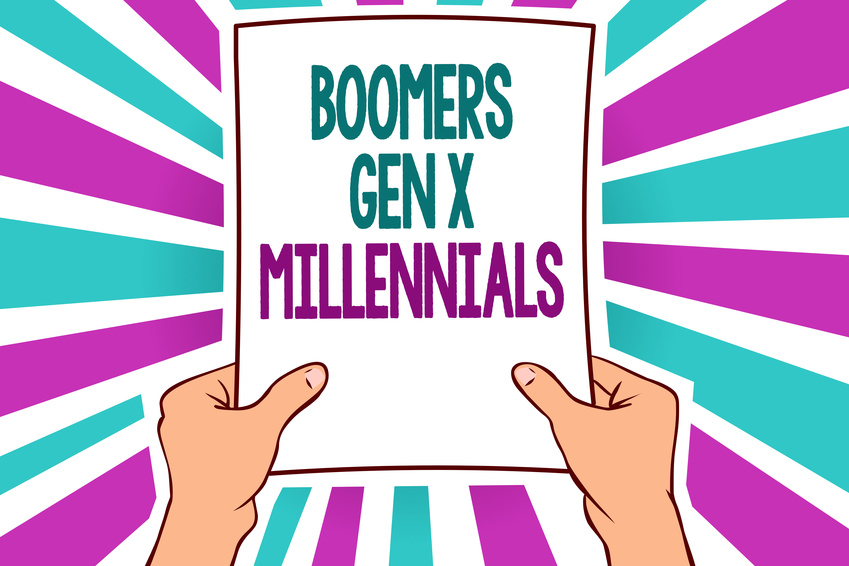The Employee Benefit Research Institute released research earlier this year contrasting the way various generations engage with health care. Millennials are significantly more likely to be satisfied with various aspects of their health plan choices (56 percent Millennials vs. 46 percent Gen Xers and 43 percent Baby Boomers). They also appear to bring their online shopping habits and do-it-yourself consumer behaviors to health care interactions. The findings reinforce the major shifts we’re seeing in medicine today (more walk-in clinics and the rise of telemedicine). Other findings:
Healthcare Engagement Differences Between Millennials vs. Gen Xers & Boomers
- Far less likely to have a primary care provider: 67% Millennials have a PCP vs. 85% Boomers / 78% Gen Xers.
- Much more likely to use walk-in clinics: 30% Millennials have used vs. 14% Boomers / 18% Gen Xers
- Much more interested in telemedicine: 40% Millennials are interested vs. 19% Boomers / 27% Gen Xers
- Much more likely to research health care options, such as checking quality or rating of MD/hospital: 51% Millennial vs. 31% Boomers / 34 percent Gen Xers
- More likely to participate in wellness programs such as stress management, etc.: 33% Millennials vs. 15% Boomers / 21% Gen Xers
The EBRI report, “Consumer Engagement in Health Care Among Millennials, Baby Boomers, and Generation X: Findings from the 2017 Consumer Engagement in Health Care Survey” is available online here.
No matter what industry or profession your association represents, chances are you’re seeing similar generational differences. The differences often lead to a disconnect: more seasoned members are comfortable with the way things are while younger members want to access and utilize association resources in new ways. Neither is right; neither is wrong. It’s just different. One association I know is building the association of the future via an app, assuming eventually websites may be a thing of the past. It’s hard to believe that will happen any time soon but it’s an interesting construct from which to operate.
What does your association “future self” look like? It’s an interesting conversation to start. When you do, make sure you have all ages and career stages in the room. Noreena Hertz, author of Eyes Wide Open: How to Make Smart Decisions in a Confusing World advises: “Seek out discordant points of view. Age diversity is one of the best predictors of good decision-making in business.”
Age diversity is a predictor of good decision-making in associations, too.

